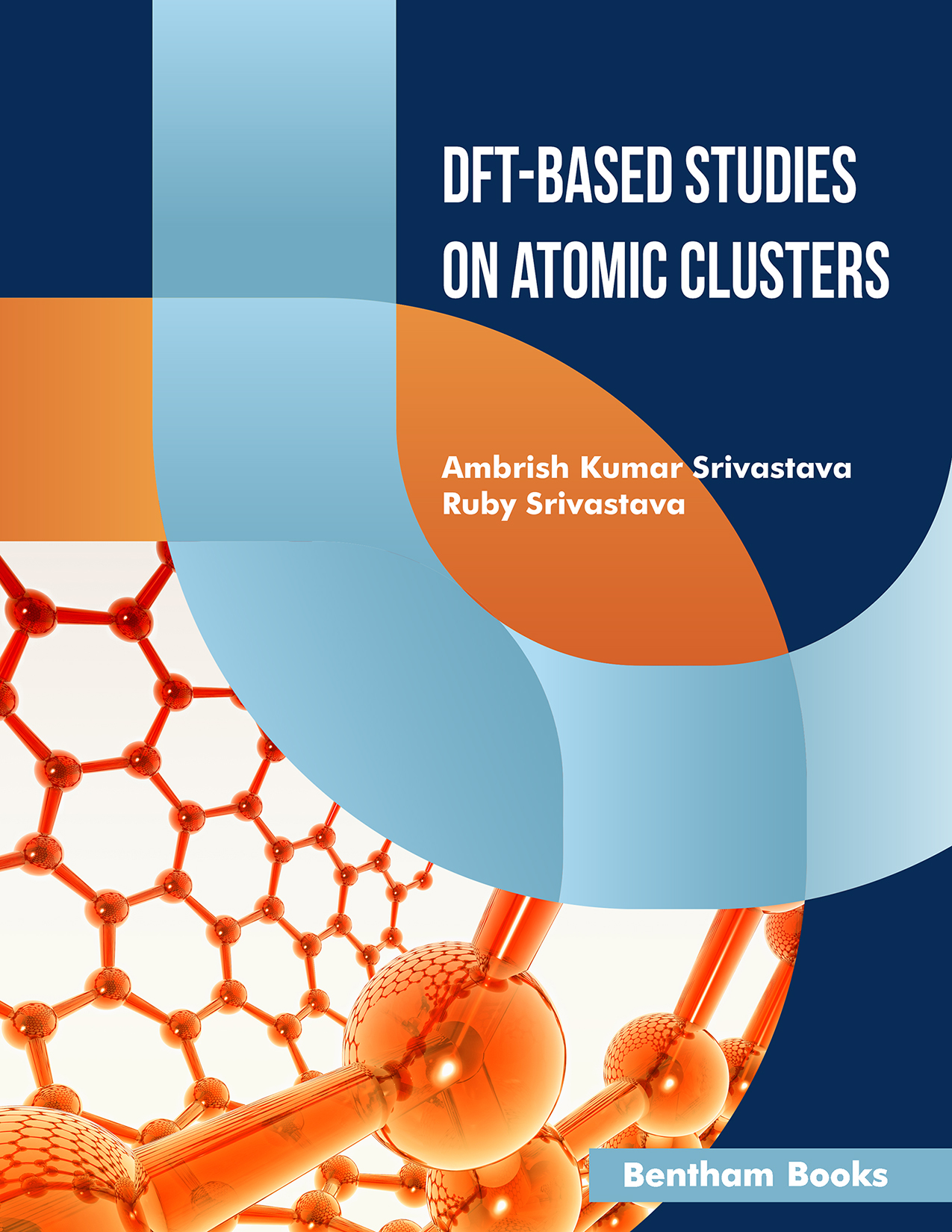Introduction
DFT-Based Studies On Atomic Clusters explores the structures, properties, and applications of a variety of atomic clusters using density functional theory (DFT) methods to offer a simple and comprehensive explanation of the subject.
The book is organized into seven chapters. Chapter 1 introduces atomic clusters and provides a quick survey of density functional theory and its role in the study of atomic clusters. Chapter 2 discusses the optimization of atomic clusters using various algorithms. Chapters 3, 4, and 5 cover the applications of DFT methods on chemical interactions involving metal complexes and ions. Chapter 6 is devoted exclusively to molecular clusters for completeness. Chapter 7 concludes the book and provides a perspective on future directions on the subject.
Theoretical and practical concepts of DFT methods of the book are systematically and concisely presented with the help of clear language. Several illustrations in the form of graphics and tables are included for the benefit of readers.
This reference is intended as a guide for advanced graduate and doctorate level scholars, postdoctoral researchers, and faculty members who are required to understand the application of density functional theory for explaining the properties of atomic clusters as part of foundational coursework or supplementary reading.

